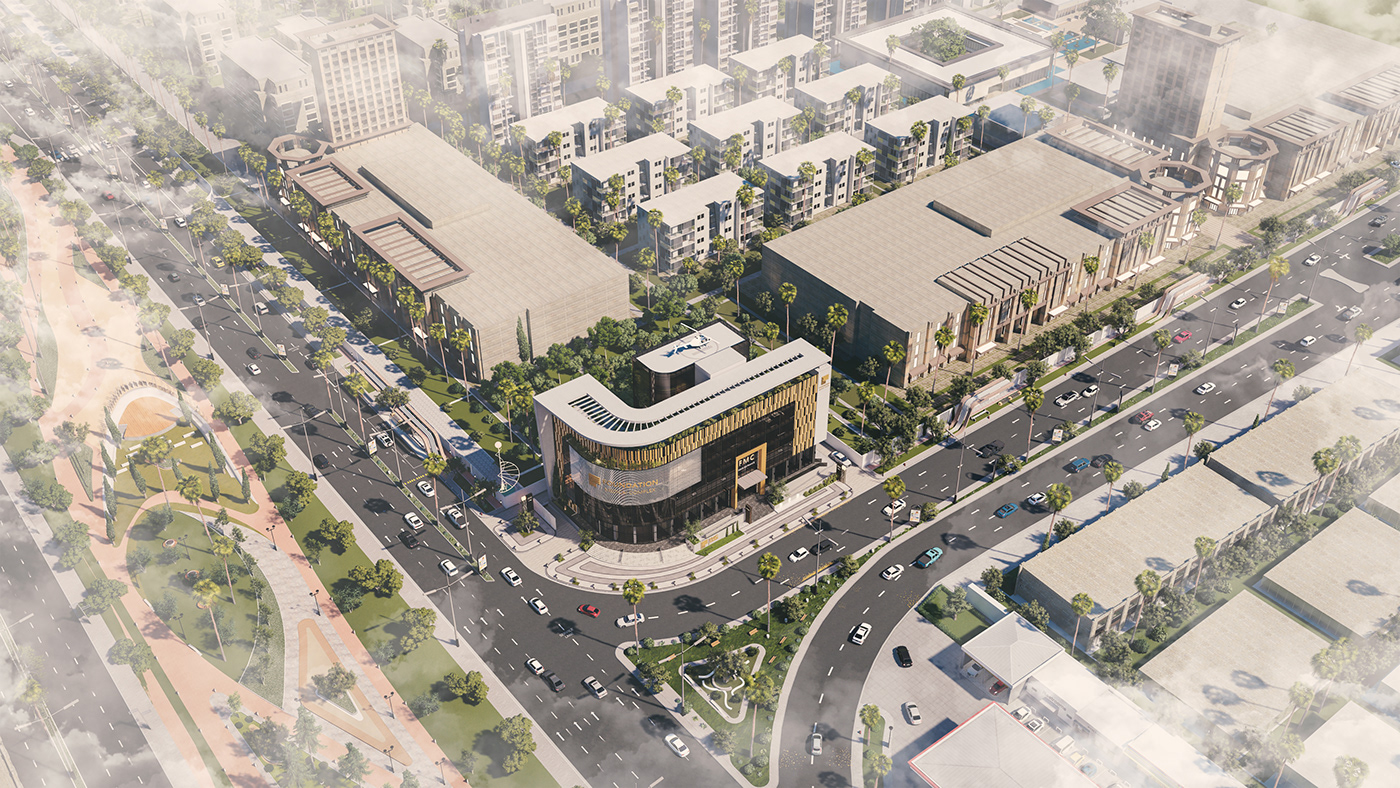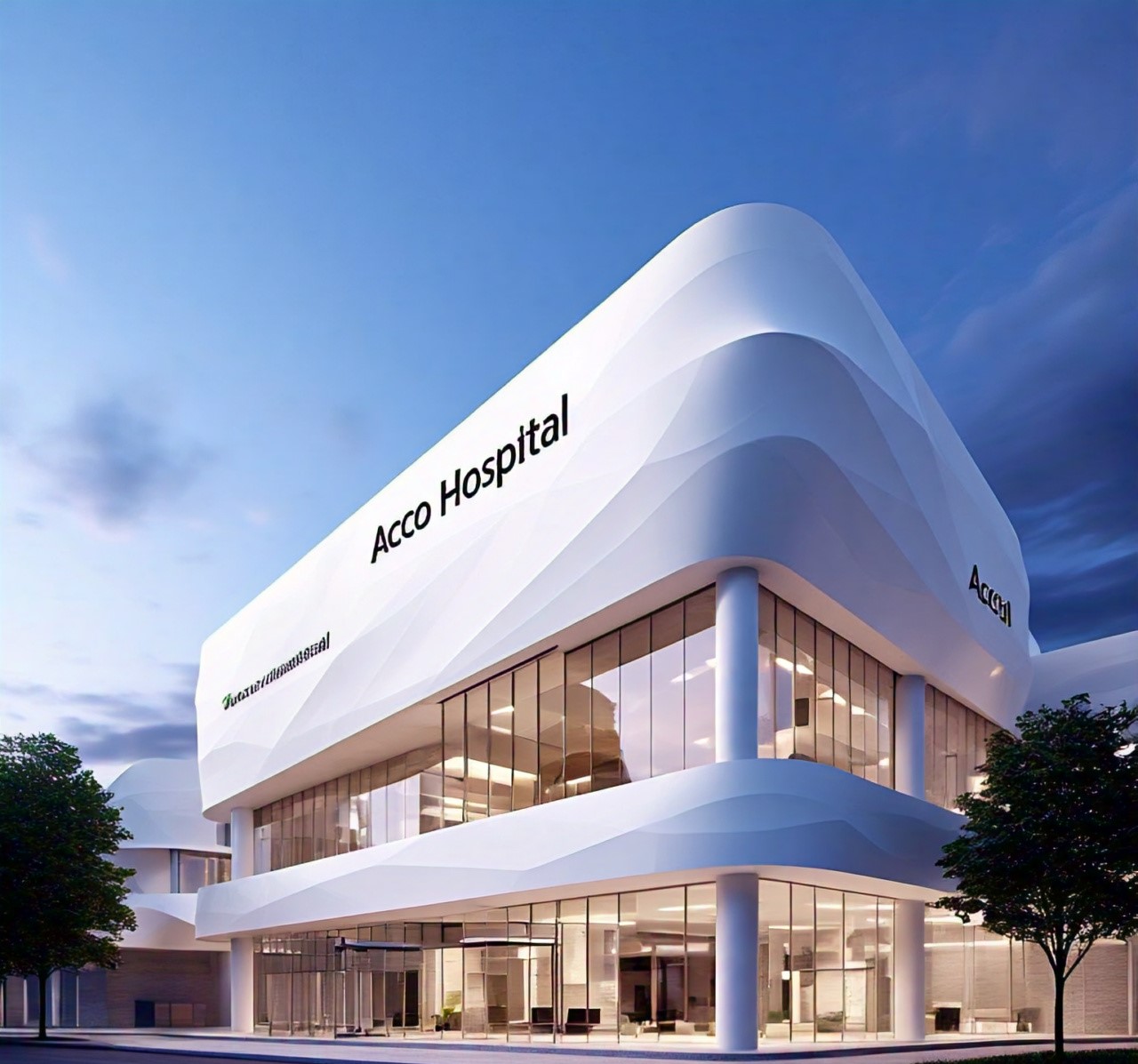
HOSPITAL DESIGN HUB Affordable Hospital Design in Saudi Arabia: Balancing Cost and Quality
Designing hospitals in Saudi Arabia that are both affordable and high-quality involves strategic planning, innovative solutions, and careful consideration of costs versus benefits. Here’s a guide to achieving this balance while ensuring effective healthcare delivery.
1. Optimized Space Utilization
Strategy: Maximize the use of available space to reduce construction and operational costs.
- Efficient Layouts: Design layouts that minimize wasted space and streamline workflows. Prioritize essential areas and use modular design to allow for future expansions.
- Multipurpose Areas: Create flexible spaces that can serve multiple functions, reducing the need for additional rooms and structures.
2. Modular and Prefabricated Construction
Strategy: Utilize modular and prefabricated construction methods to lower construction costs and time.
- Prefabricated Modules: Use prefabricated modules for patient rooms, administrative areas, and support spaces to speed up construction and reduce labor costs.
- Standardization: Employ standardized designs and components to benefit from economies of scale and simplify the building process.
3. Energy-Efficient Design
Strategy: Incorporate energy-efficient technologies to lower long-term operational costs.
- High-Performance Insulation: Use energy-efficient insulation materials to reduce heating and cooling costs.
- LED Lighting and Smart Controls: Implement LED lighting and smart building systems to minimize energy consumption and manage lighting and temperature effectively.
4. Sustainable Materials and Practices
Strategy: Select sustainable materials and practices to balance cost and environmental impact.
- Durable Materials: Choose cost-effective, durable materials that require less maintenance and have a longer lifespan.
- Water Conservation: Install water-saving fixtures and systems to reduce water consumption and lower utility bills.
5. Smart Technology Integration
Strategy: Integrate affordable smart technologies to improve operational efficiency and patient care.
- Building Management Systems (BMS): Implement BMS for efficient control of lighting, HVAC, and security systems to optimize energy use and reduce costs.
- Telemedicine Capabilities: Include telemedicine facilities to expand patient care options without the need for additional physical space or staff.
6. Cost-Effective Design Features
Strategy: Incorporate design features that are both affordable and functional.
- Modular Furniture: Use modular and adaptable furniture that can be easily reconfigured or replaced, reducing long-term costs.
- Pre-Fabricated Components: Opt for pre-fabricated building components, such as wall panels and ceiling tiles, to lower construction expenses.
7. Efficient Workflow Design
Strategy: Design efficient workflows to improve staff productivity and reduce operational costs.
- Centralized Services: Create centralized nurse stations and service hubs to streamline operations and improve efficiency.
- Optimized Patient Flow: Design patient pathways to minimize travel distances and reduce the need for additional staff.
8. Cultural and Local Adaptations
Strategy: Adapt designs to local cultural and environmental conditions to avoid unnecessary costs.
- Climate-Appropriate Solutions: Incorporate design features that address Saudi Arabia’s hot and arid climate, such as shading devices and passive cooling systems, to reduce energy costs.
- Cultural Sensitivity: Ensure design elements align with local cultural norms and practices to avoid costly modifications later.
9. Community Engagement and Partnerships
Strategy: Engage with the community and explore partnerships to share costs and resources.
- Public-Private Partnerships: Explore partnerships with private organizations and government entities to share costs and resources.
- Community Involvement: Involve the community in design decisions to ensure the facility meets local needs and receives support.
10. Long-Term Cost Management
Strategy: Plan for long-term cost management to ensure affordability over the facility’s lifespan.
- Maintenance Planning: Develop a maintenance plan to address potential issues early and extend the lifespan of building components.
- Future-Proofing: Design with flexibility in mind to accommodate future upgrades and changes without significant additional costs.
Conclusion
Achieving affordable hospital design in Saudi Arabia while maintaining quality requires a strategic approach that balances initial costs with long-term benefits. By focusing on efficient space utilization, modular construction, energy efficiency, and smart technology, healthcare facilities can offer high-quality care within budget constraints. Emphasizing sustainable practices, cultural sensitivity, and community engagement further ensures that the design is both cost-effective and well-suited to the needs of patients and healthcare providers.
4o mini




